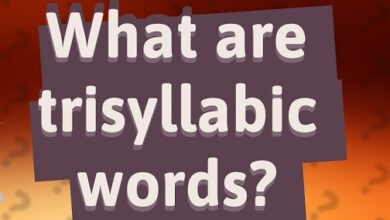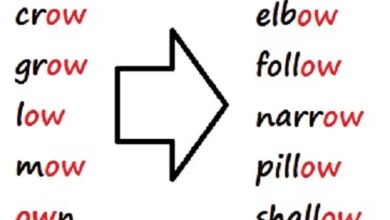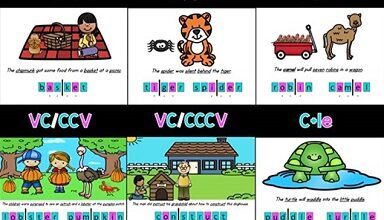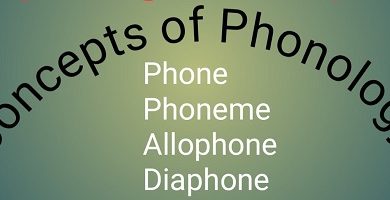Phonology
Phonology
English phonology is the study of the sound system of the English language. It examines the sound patterns of English, including the sounds themselves (phonemes), the rules governing their distribution and combinations, and the patterns of stress and intonation used in the language. In the category of English Phonology, Englopedia.com has unique articles which will surely enhance you knowledge and understanding.
You will note in Englopedia.com that Phonology is concerned with the abstract, mental representations of sound patterns in the mind of English speakers, as well as the way in which these mental representations are realized in actual speech. In English phonology, linguists study the distinctive features of English phonemes, such as their place and manner of articulation, and the way in which they are combined to form syllables and words.
English phonology also examines the rules governing the distribution of sounds in English, such as the rules that determine which sounds can occur at the beginning or end of words, which sounds can occur together in clusters, and which sounds are affected by sound changes like assimilation or deletion.
Englopedia will make you aware through its updated articles that English phonology looks at the patterns of stress and intonation in English, including the use of pitch, volume, and duration to convey meaning and emphasis. English has a complex system of stress and intonation that can vary greatly between different dialects and accents of the language.
English phonology is an important area of study for linguists, language learners, and anyone interested in understanding the sound patterns of the English language. It helps us to understand the rules and patterns that underlie English pronunciation and the way in which sounds are used to convey meaning and express emotions.
The sleepless team of Englopedia.com will always be there for its visitors to updated the category of Phonology.
-

Polysyllabic words examples and Classification
Polysyllabic words Polysyllabic words are words that have four or more syllables. They are also called polysyllables or polysyllabic words. Examples of…
Read More » -

Trisyllabic words Examples and Trisyllables or disyllables
Trisyllabic words Trisyllabic words are words that have three syllables. They are also called trisyllables or trisyllabic words. Music, warning…
Read More » -

Two syllable words Classification according to number of syllables
Two syllable words Two-syllable words are words that have two syllables. They are also called disyllables or disyllabic words. Examples of two-syllable…
Read More » -

Monosyllabic words Stressed and unstressed monosyllables
Monosyllabic words Monosyllabic words are words that have only one syllable. They are also called monosyllables or monosyllabic words. Examples…
Read More » -

Syllable division Rules and Hyphenation of hyphenated words
Syllable division Syllable division is the separation of the different syllables that make up a word. A syllable is a small set of…
Read More » -

Orthoepy and prosody Examples of spelling mistakes
Orthoepy and prosody Orthoepy and prosody are two areas of grammar, related to phonology and phonetics, which deal with the correct pronunciation and stress of…
Read More » -

Cognitive rigidity and Disorders or pathologies associated with cognitive rigidity
What is cognitive rigidity Cognitive rigidity can be defined as the impossibility of performing other types of behaviors and/or beliefs that…
Read More » -

Connected speech
When we speak we do not do so in isolation, but rather in a continuous sequence. That is, there is a…
Read More » -

Concepts of phonology
Phonology is one of the pillars of the Portuguese language, and this subject is taught in the early school years. For all the…
Read More » -
Difference between alliteration and consonance/examples
The main difference is alliteration versus consonance Both alliteration and consensus are literary devices that use the repetition of a…
Read More »